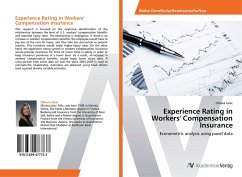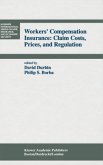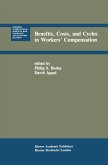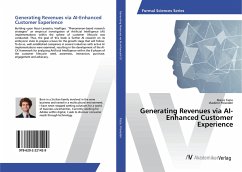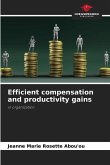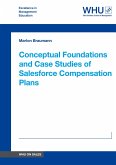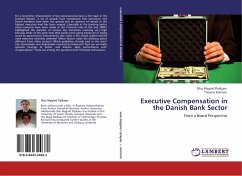This research is focused on the empirical identification of the relationship between the level of U.S. workers' compensation benefits and reported injury rates. The relationship is ambiguous. If there is an increase in workers' compensation benefits, the employee would have to pay less of the cost for injury, and thus take less precaution to prevent injuries. This incentive would imply higher injury rates. On the other hand, the experience rating system in workers' compensation insurance would provide incentives for firms to invest more in safety in order to keep insurance premiums at a lower level. As a result, an increase in workers' compensation benefits, would imply lower injury rates. A cross-section time series data set over the years 2003-2009 is used to estimate the relationship. Estimates are obtained using fixed effects least squared dummy variable estimator.
Bitte wählen Sie Ihr Anliegen aus.
Rechnungen
Retourenschein anfordern
Bestellstatus
Storno

